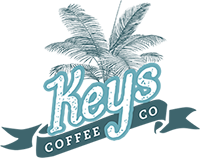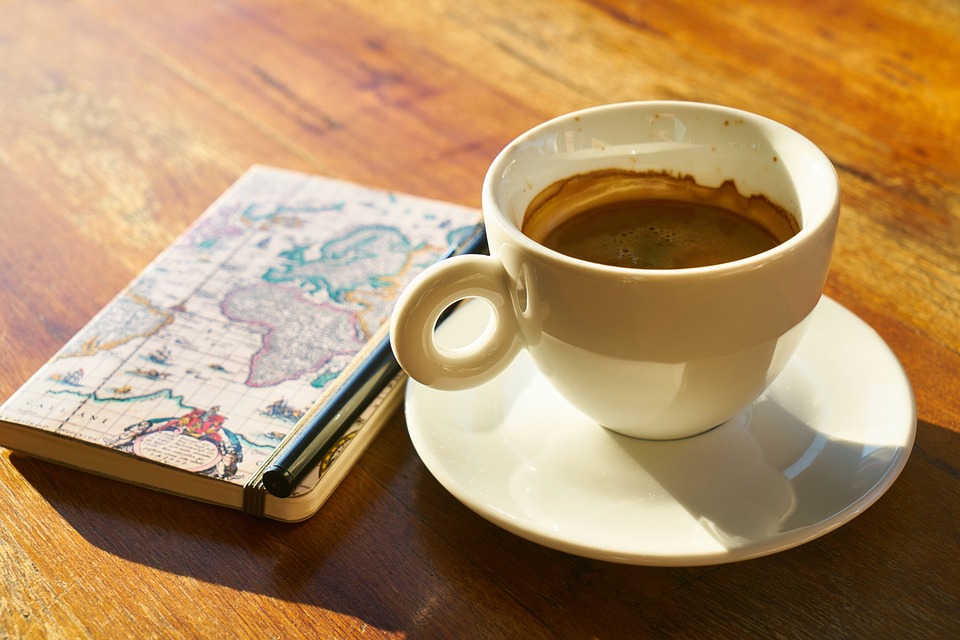To some people in the world, there are only two kinds of coffees: regular and decaf. But you know the world isn’t so black and flat white; the level of caffeine in a given bean or brew can vary drastically..
Content:
Caffeine content changes in every cup depending on the coffee’s type and method of preparation. According to Healthline, a regular cup of coffee averages roughly 95 milligrams of caffeine. You’ll find fewer milligrams of caffeine in brewed coffee than in drip coffee, (up to 40 more milligrams); and in espresso, you’ll find 100 milligrams of caffeine. Unroasted coffee beans have the most caffeine and the content decreases the longer those beans are roasted. So, lighter roasts offer a better buzz than dark ones.
Controlling Factors:
While each coffee contains a different level of caffeine, there are certain factors that influence how much caffeine will be present in each cup. The type of beans is a huge one — robusta beans are said to have more caffeine than arabica beans, but this comes at the cost of its flavor; robusta beans are more bitter because of this caffeine content.
Watch out for the size of your coffee too! The “cup” measurement on the side of your coffee pot at home isn’t a set standard. For instance, while Hamilton & Beach, and Mr Coffee consider a cup to be 5oz, Starbucks machines brew 8oz per cup. That’s 60% more caffeine in your “cup” if you’re brewing at the same density.
Also, remember that decaffeinated coffee is not 100% decaffeinated; it may contain up to seven milligrams of caffeine in each cup.
At Keys Coffee, we have a variety of different, delicious coffees to choose from, whether you prefer caffeinated or decaffeinated brews and blends. And we only use arabica beans because we believe you deserve the best that coffee has to offer. Coffee should be an experience, not just a medium to ingest caffeine.



